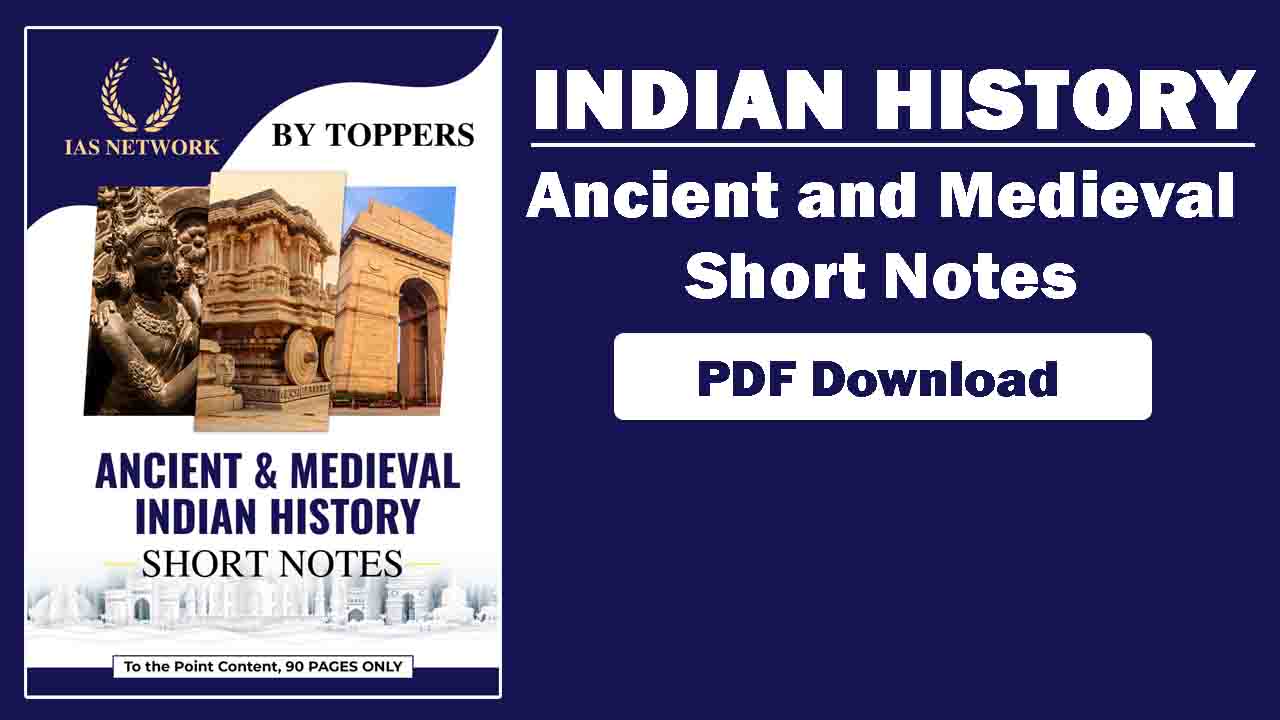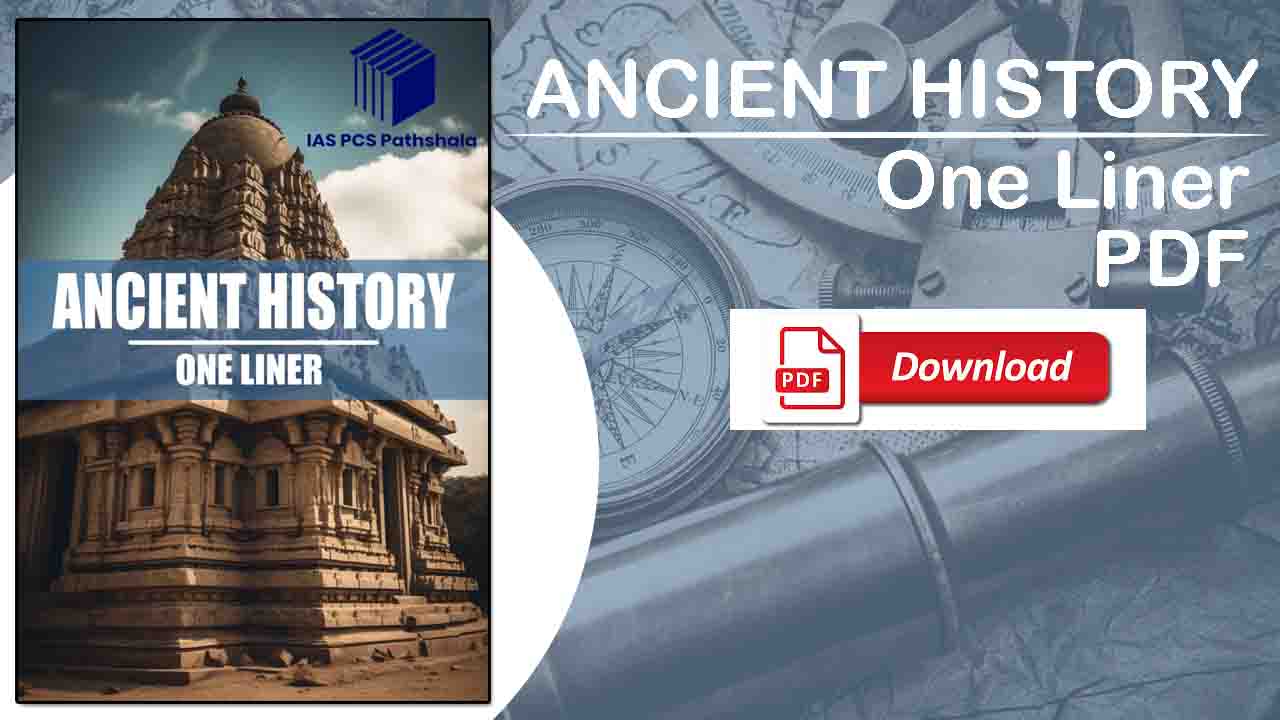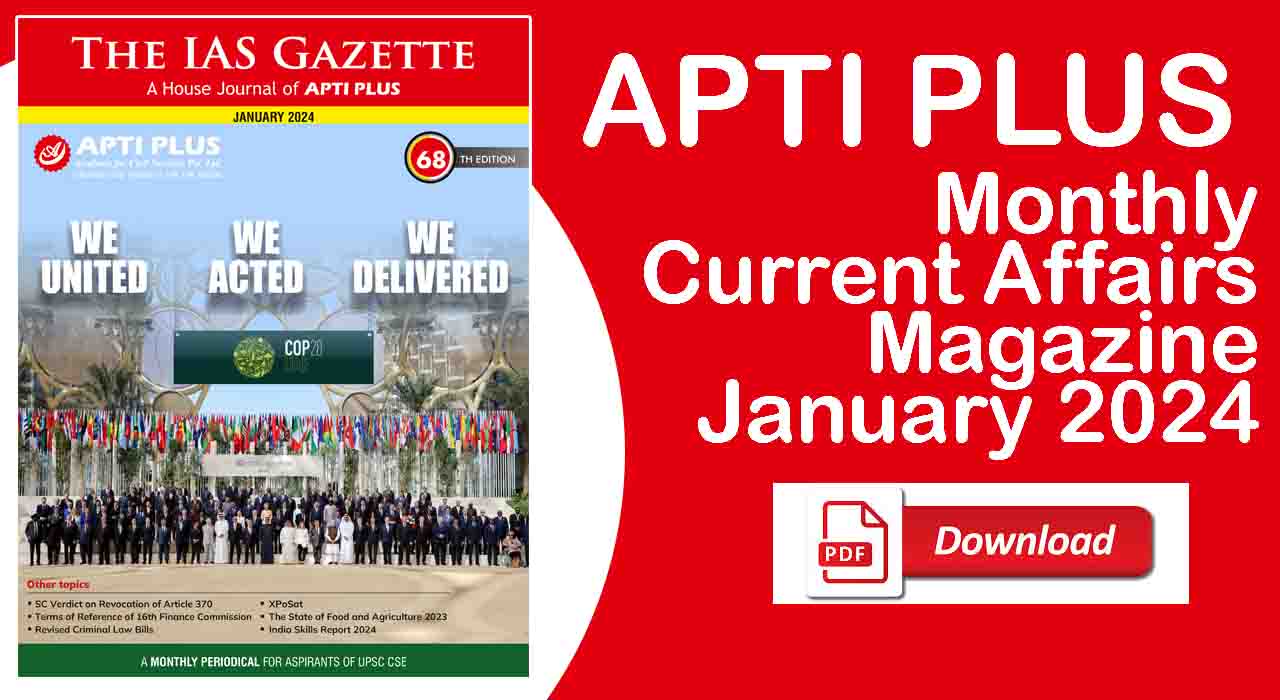Ancient and Medieval Indian History- Hello Friends, in today’s article, we have brought Ancient and Medieval Indian History Short Notes for you, which you can read very easily online and can also download.

Ancient and Medieval Indian History
Hello, as you all know, we keep bringing various useful study materials for you on our website every day to prepare better for competitive examinations, so that all of you can prepare for your upcoming competitive examinations in a better way.
This magazine has been published by the IAS Network Publication. Its purpose is to make you aware of all the important topics of Ancient and Medieval Indian History, and also to provide you with the important points about all these topics.
About Ancient and Medieval Indian History
Are you preparing for UPSC, SSC, State PCS, or any other competitive exam? If yes, then Ancient and Medieval Indian History is a must-read subject that can help you fetch crucial marks. In this blog post, I’m sharing concise and crisp short notes on Ancient and Medieval Indian History to help you revise faster and smarter!
Whether you’re a beginner or in the revision phase, these notes are tailored to provide maximum information in minimal time.
Ancient Indian History – Key Highlights
Indus Valley Civilization (3300–1300 BCE)
- Also known as the Harappan Civilization.
- Major cities: Harappa, Mohenjo-Daro, Dholavira, Lothal.
- Town planning: Grid system, drainage system, granaries.
- Script: Undeciphered; pictographic.
- Decline theories: Floods, Aryan invasion, climatic changes.
Vedic Period (1500–600 BCE)
- Early Vedic (Rigvedic): Aryans settled in Punjab.
- Later Vedic: Expansion to the Gangetic plain.
- Economy: Pastoral → Agricultural.
- Society: Patriarchal, the Varna system began to emerge.
Mahajanapadas (600 BCE)
- 16 powerful states (e.g., Magadha, Kosala, Avanti).
- Rise of Jainism and Buddhism.
- Important kings: Bimbisara, Ajatashatru.
Maurya Empire (321–185 BCE)
- Founder: Chandragupta Maurya.
- Great emperor: Ashoka – Kalinga War, Dhamma, Buddhism.
- Arthashastra by Kautilya.
- Decline due to weak successors and internal rebellion.
Post-Mauryan Period
- Indo-Greeks, Shakas, Kushanas (Kanishka – patron of Buddhism).
- Satavahanas in Deccan.
Gupta Empire (320–550 CE) – Golden Age
- Founder: Chandragupta I.
- Samudragupta – “Napoleon of India.”
- Chandragupta II – Trade, art, and literature flourished.
- Nalanda University.
- Decline: Hun invasions and weak rulers.
Southern Kingdoms
- Cholas, Cheras, and Pandyas in the Sangam Age (Tamilakam).
- Pallavas (Mahabalipuram temples), Chalukyas, Rashtrakutas.
- Cholas (Rajaraja I, Rajendra I) – Temple architecture, overseas trade.
Medieval Indian History – Major Points
Delhi Sultanate (1206–1526)
- Slave Dynasty (Qutub-ud-din Aibak): Qutub Minar.
- Khilji Dynasty: Alauddin Khilji – Market reforms, military expansion.
- Tughlaq Dynasty: Muhammad bin Tughlaq – ambitious but failed reforms.
- Lodhi Dynasty: Defeated by Babur in the First Battle of Panipat (1526).
Bhakti and Sufi Movements
- Bhakti Saints: Ramanuja, Kabir, Tulsidas, Mirabai.
- Sufi Saints: Khwaja Moinuddin Chishti, Nizamuddin Auliya.
- Promoted religious harmony and devotion.
Vijayanagara Empire (1336–1646)
- Founded by Harihara and Bukka.
- Krishnadevaraya – the peak of the empire.
- Hampi – UNESCO World Heritage site.
- Defeated by the Deccan Sultanates in 1565 (Battle of Talikota).
Mughal Empire (1526–1857)
- Babur: Founder; won the First Battle of Panipat.
- Akbar: Religious tolerance (Din-i-Ilahi), Mansabdari system.
- Shah Jahan: Taj Mahal.
- Aurangzeb: Expansionist, orthodox policies.
- Decline began post-Aurangzeb
Regional Kingdoms
- Marathas under Shivaji – Guerrilla warfare
- Rajputs, Sikhs (Guru Gobind Singh), and Ahoms in Assam.
Why are These Short Notes important?
- Quick Revision: Ideal for last-minute preparation.
- Exam-Focused: Covers frequently asked topics in UPSC, SSC, Railways, etc.
- Concept Clarity: Helps understand chronology and significance.
How to Download Ancient and Medieval Indian History PDF
To download this magazine, click on the given PDF Download button, which will open this magazine in Google Drive in front of you, from where you can read this magazine online and also download it.
Study Notes | |
| Book Name: | Ancient and Medieval Indian History |
| Size: | 3.44 MB |
| Total Number of Pages: | 106 Quality Pages |
| Format: | PDF file |
| Quality | Excellent |
| Language: | English |
| Writer/Owner | IAS Network Publication |
Note- If you face any problem in downloading any magazine from our website, then please tell us by commenting.
You May Also Check
- PW Only IAS Complete Ethics PDF for UPSC Pre & Mains Exam
- Apti Plus Monthly Current Affairs Magazine May 2025 PDF
- Geography Physical and World 2025 PDF for UPSC
- Yojana Monthly Current Affairs Magazine April 2025 PDF
- Chemistry Today June 2025 Test Papers NEET, JEE PDF










